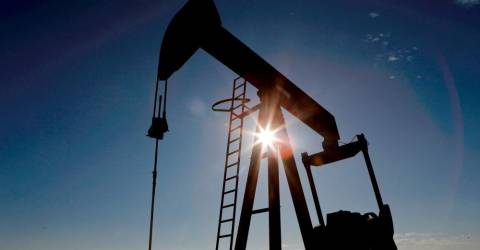DENVER: Oil production growth in top US oil-producing states has slowed and inflation, supply chain snags and economic uncertainty have led executives to lower their expectations, the latest survey by the Federal Reserve Bank of Dallas found.
Oil and gas business activity fell to 30.3 during the fourth quarter, down from 46 in the third, according to this month’s survey of executives from 152 energy firms in Texas, New Mexico and Louisiana. The index was at 57.7 in the second quarter of this year, the highest reading in the survey’s history.
US shale oil growth has also showed signs of slowing. Output in the Permian, the largest producing basin in the United States, is expected to rise by 37,000 barrels per day next month, the smallest gain in seven months, the US Energy Information Administration (EIA) found.
Some 32% of executives polled said cost inflation and supply chain bottlenecks were the biggest drags on oil and gas production growth, while 27% cited maturing oilfields.
“We are girding ourselves for further cost increases in 2023. This is against a backdrop of commodity price uncertainty and fears of demand destruction owing to recession,” said one executive, who was not identified.
Firms reported their eighth straight quarter of rising costs, even though the pace of cost inputs declined to 61.8 during the fourth quarter from 83.9 the prior quarter.
Overall, executives polled were less optimistic about the future with the company outlook index falling by 20 points to 13.1, below the series average. The outlook uncertainty index jumped to 40.1 from 35.7 the prior quarter.
Executives anticipate US crude prices will average US$84 (RM372) a barrel by the end of 2023.
“Commodity prices are likely to remain ‘sticky to the high side’, given a lack of capital to increase supply in the face of demand that does not appear to be shrinking anytime soon,” another executive wrote. – Reuters
